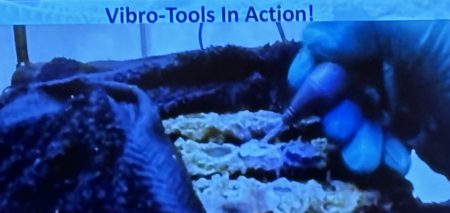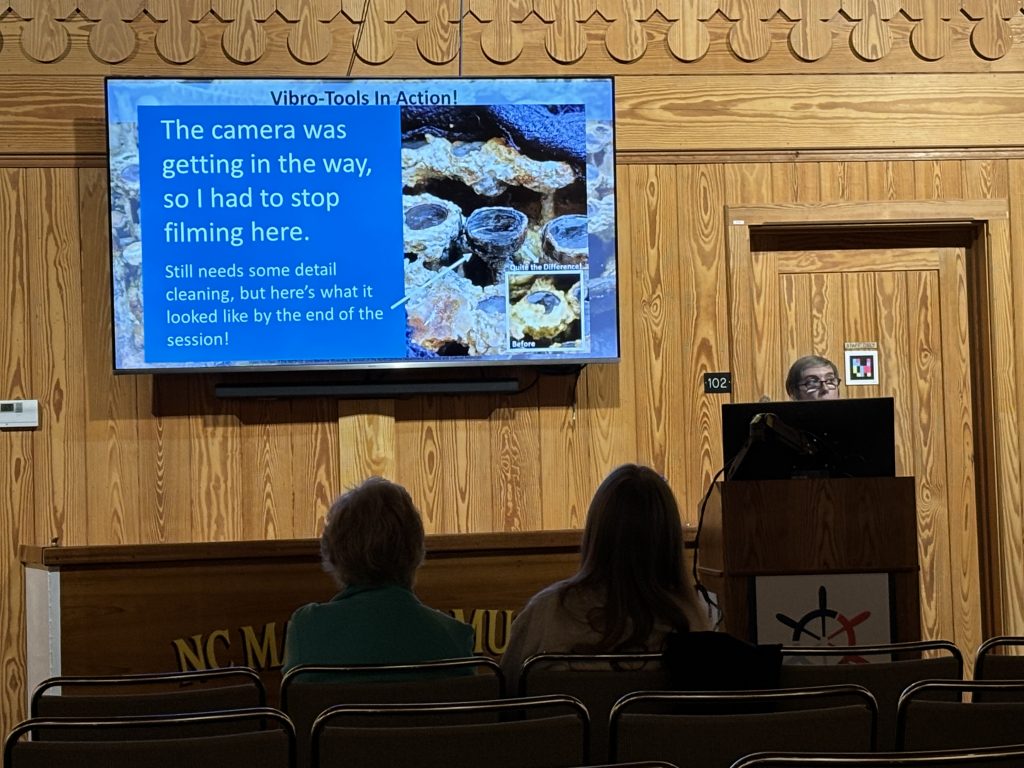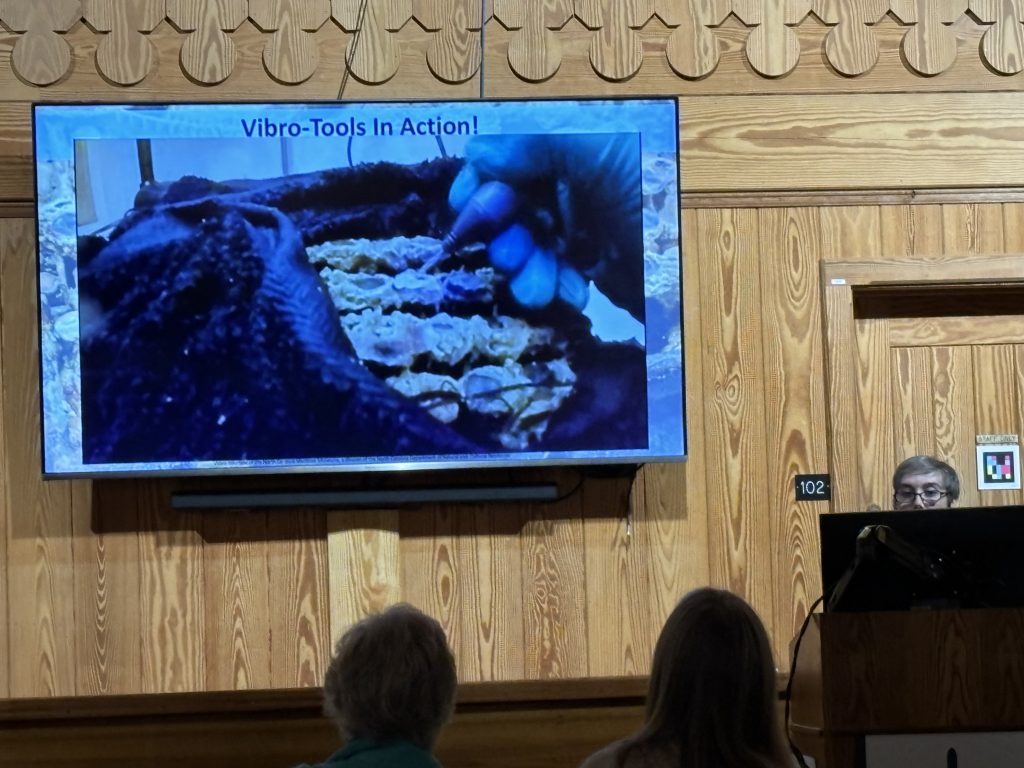Environment
Short Takes
Georgia’s new data center rule increases local controlDecember 1, 2025

By David Pendered
BEAUFORT, N.C. – March 3 – Exposing a previously concealed serial number of a typewriter is a big deal when the machine comes from the sunken wreckage of a German submarine sunk in World War II.
Michelle Crepeau revealed the serial number in her work as a conservator at the North Carolina Maritime Museum in Beaufort, N.C. The facility provides a base to explore more than 300 years of history along the state’s coastline that’s well known as home of the Outer Banks and of the Graveyard of the Atlanta, for the number of shipwrecks.

The serial number on this typewriter is far from Crepeau’s only discovery. It is, however, one she highlighted in her Feb. 29 lecture at the museum, titled “Crusty Cluster, Hidden Treasure: Concretions in Archaelologica Conservation.”
The typewriter was recovered from the wreckage of the U-85. The ship was sunk on April 14, 1942. All souls were lost, their remains interred in Hampton Roads, Va., and the wreckage site in 90 feet of water off Nags Head, N.C. is a German war grave that’s to be respected as such. The U-85 was the first U-boat to the sunk by U.S. naval forces at the start of the Battle of the Atlantic, according to NOAA’s website, Monitor National Marine Sanctuary. The six-year naval campaign centered on efforts to supply the Allies with materials to repel the Axis onslaught and involved tremendous loss for both the Allies and Axis.
An entry in the U.S. Naval History and Command describes the losses in the Battle of the Atlantic as:
Crepeau’s role in the effort to unveil a piece of this contest began with an X-ray machine. The X-ray is the first step in conserving an item because it helps determined if an object covered with shells and marine materials may be of value or is a rock of little note, Crepeau said.

“For instance, this is an X-ray of a typewriter,” Crepeau said to describe an image that was part of a slide show. “It shows a set of numbers. This is actually the serial number that cannot be seen under the accretion.”
Crepeau turned on a video that displayed her painstaking effort to use tools like those of a dentist. She gradually removed accretion from the typewriter’s body and keys. The process combines art and craft and science.
“Some of this information is very fragile,” Crepeau said. “It’s retained in the corrosion area and we run the risk of losing it if we try to retrieve it.”
Crepeau went on to describe the process of preserving items recovered from underwater. Oxygen can be an enemy, and so items are brought up from the deep in water-filled containers when possible and transported under wet blankets, if that’s the only way to maintain moisture. Accretion is removed by chemical and/or mechanical means. Next steps involve strengthening the item with substances that help preserve it but can be removed – to protect the integrity of the item.
The purpose of these steps is to create an item that will last into the future, Crepeau said: “To make sure it’s healthy enough to be in the collection.”
Click here to read more about the North Carolina Maritime Museums. Click here to read about NC Maritime Museum in Beaufort.
0